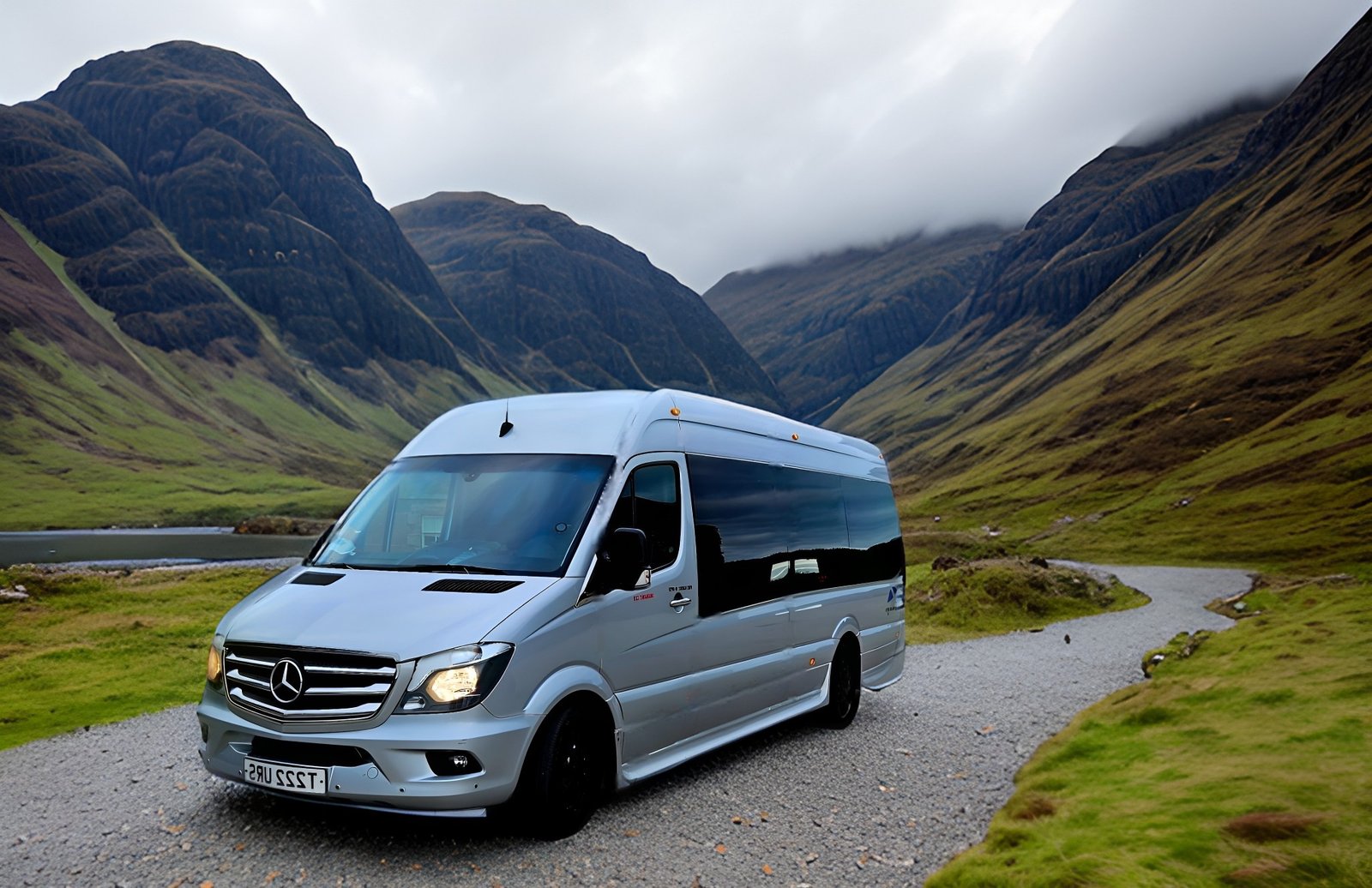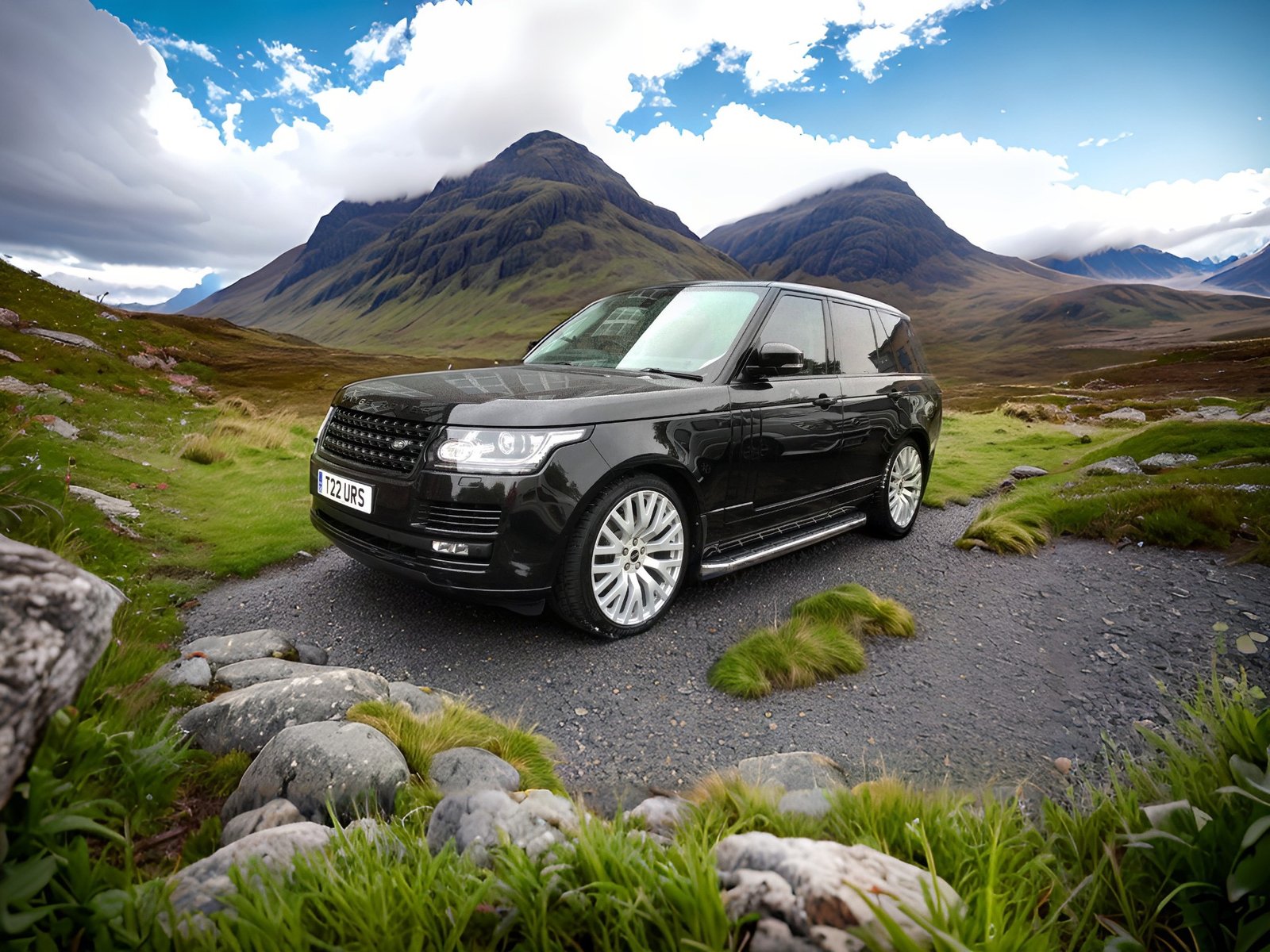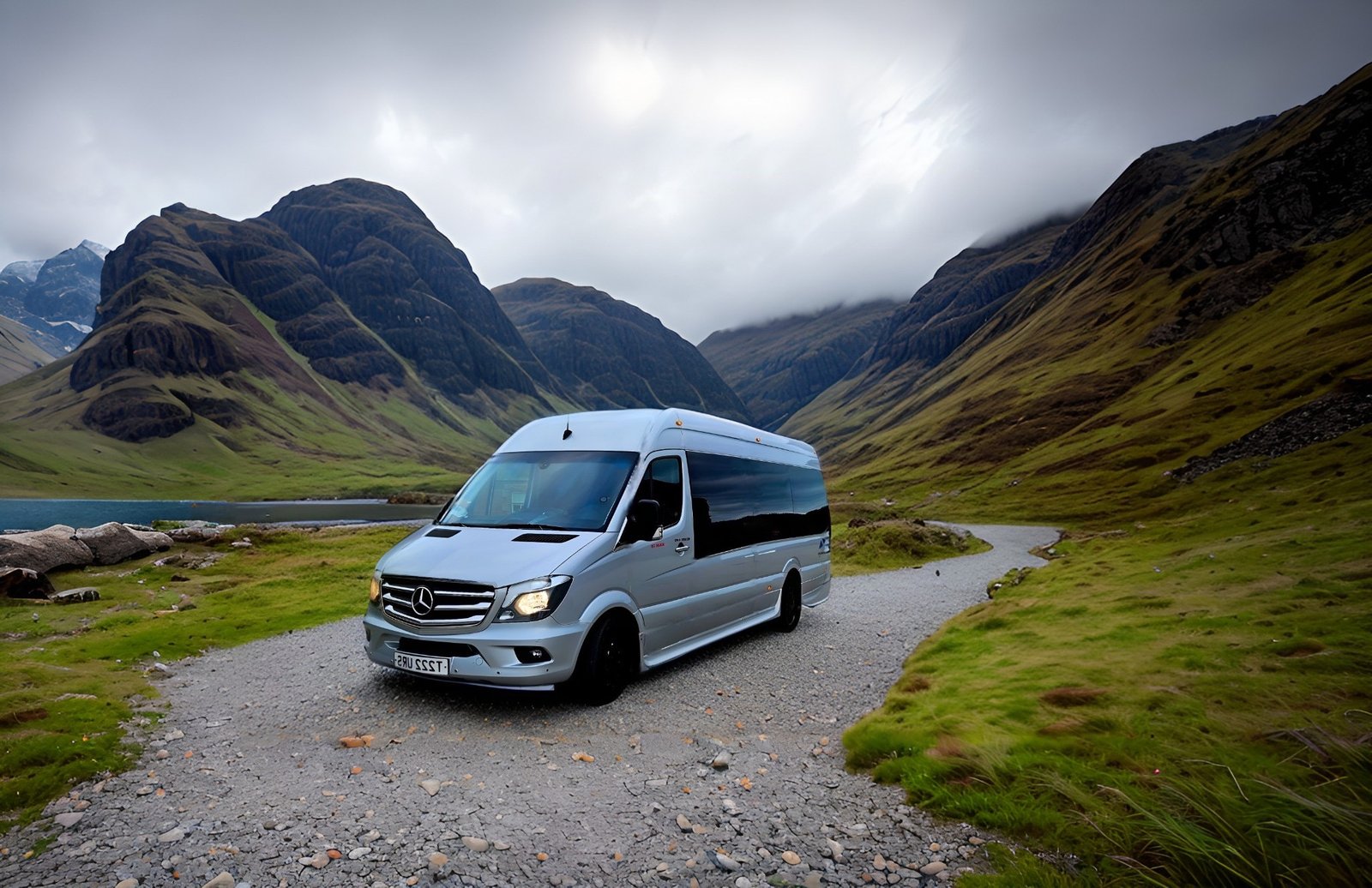A D1 licence is essential if you want to drive a minibus legally in many countries, including the UK. This comprehensive guide will walk you through what a D1 licence is, who needs it, and how you can get one. We’ll also address common questions like whether you can drive a minibus on a standard car licence and the steps to obtain the proper credentials.
What Is a D1 Licence?
A D1 licence allows you to drive minibuses with a seating capacity of 9 to 16 passengers, excluding the driver. This is different from a standard car licence (Category B), which generally doesn’t cover vehicles with more than 8 passenger seats. With a D1 licence, you can also tow a trailer up to 750 kg if required.
Do You Need a D1 Licence to Drive a Minibus?
The need for a D1 licence depends on the situation. Here’s a breakdown:
- Driving for Personal Use:
If the minibus is for private, non-commercial use, you may not always need a D1 licence if:- The vehicle weighs less than 3.5 tonnes.
- You’re driving within specific conditions, such as without compensation.
- Driving for Commercial or Professional Use:
If you’re driving for work, transporting passengers for hire, or towing a heavy trailer, a D1 licence is mandatory.
Can You Drive a Minibus Without a D1 Licence?
Yes, but only in limited cases:
- Drivers with a Category B licence (standard car licence) issued before January 1, 1997, may automatically have D1 entitlement. Check the back of your driving licence for “D1” with no restrictions.
- In some countries, exemptions exist for charity or volunteer work, provided no payment is involved and specific weight and usage conditions are met.
How to Get a D1 Licence
Here’s a step-by-step guide to obtaining your D1 licence:
- Check Eligibility
To apply for a D1 licence, you must:- Be at least 21 years old.
- Hold a valid Category B (car) driving licence.
- Apply for a Provisional D1 Licence
- Complete the D2 application form, available from your local driving authority.
- Submit a D4 medical form completed by a registered doctor to prove you are fit to drive a larger vehicle.
- Pass the Theory Test
- You’ll need to pass a specific theory test for minibuses, which includes:
- A multiple-choice section.
- A hazard perception test.
- You’ll need to pass a specific theory test for minibuses, which includes:
- Take the Practical Driving Test
- The practical test includes:
- A vehicle safety check.
- General driving ability.
- Maneuvering exercises, including reversing.
- Ensure the test vehicle meets the required minibus specifications.
- The practical test includes:
- Receive Your D1 Licence
After successfully completing the tests, you’ll receive a full D1 licence, allowing you to drive minibuses under specified conditions.
How much Does it Cost for D1?
The cost of obtaining a D1 licence varies depending on your location and the specific steps involved. Here’s a general breakdown of the expenses you can expect:
Provisional Licence Application Fee
Applying for a provisional D1 licence usually incurs a fee, which can range from £20 to £40, depending on your local driving authority.Medical Examination (D4 Form)
You’ll need to complete a medical examination as part of your application. The cost for a D4 medical form varies but typically ranges from £50 to £150, depending on the healthcare provider.Theory Test Fee
The theory test for a D1 licence usually costs around £25. It includes both a multiple-choice section and a hazard perception test.Practical Driving Test Fee
The practical test for a D1 licence costs approximately £115 on weekdays and £141 on weekends or evenings.Driving Lessons (Optional)
While not mandatory, taking lessons with a professional instructor can significantly improve your chances of passing the test. Costs for lessons vary but generally range from £30 to £60 per hour. The total cost will depend on how many lessons you require.
Estimated Total Cost
The total cost of obtaining a D1 licence can range from £1500 to £1800, depending on the medical fees, number of driving lessons, and whether you pass the tests on your first attempt.
Frequently Asked Questions
- What Licence Do I Need to Drive a Minibus?
- For vehicles with 9 to 16 passenger seats, a D1 licence is usually required unless exemptions apply.
- Can Anyone Drive a Minibus?
- Only if they meet the legal requirements, including holding a D1 licence or qualifying under specific exemptions.
- Can I Drive a Minibus on a Car Licence?
- It depends on when you obtained your licence and how the minibus is being used. Drivers with pre-1997 licences may have automatic D1 entitlement.
- How Long Does It Take to Get a D1 Licence?
- The process typically takes a few weeks, depending on your local driving authority and test availability.
- Is There a Weight Limit for a D1 Licence?
- Yes, the maximum weight for vehicles is 3.5 tonnes, with an additional allowance for towing up to 750 kg.
Tips for Passing the D1 Licence Test
- Practice Driving a Minibus: Familiarize yourself with the size and handling of a minibus before the test.
- Study the Theory Material: Focus on topics specific to larger vehicles, including passenger safety and weight distribution.
- Hire a Qualified Instructor: Professional training can increase your chances of passing on the first attempt.
Final Thoughts
Getting a D1 licence is an important step for those looking to drive minibuses professionally or for personal use under certain conditions. By following the steps outlined above and understanding the legal requirements, you can navigate the process smoothly and confidently.
If you’re still wondering whether you need a D1 licence, consult your local driving authority to clarify your specific situation. Happy driving!










Comments are closed